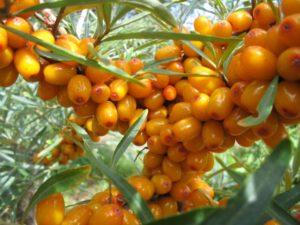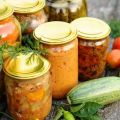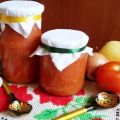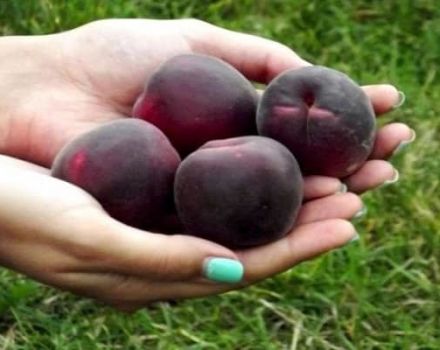How to properly harvest olives, timing and necessary tools
Many people love to pamper themselves with olives, but few know how to harvest olives correctly. The Greeks were the first to use olive. Produced olive oil, they call "liquid gold". Gradually, the product spread throughout the world, it is actively used fresh, pickled and processed into oil.
When the crops are harvested
Harvested from September to December, depending on the growing area and variety. Olives begin to appear in the 4-5 years of the growing season. One tree is harvested from 50-150 kg of harvest, it lives for almost 600 years, and bears fruit from 50-150 years. It all depends on weather conditions and care. Olives and olives are berries of the same tree. It's just olives, ripe to the end, but green ones are not.
Collection of green olives
Collecting green drupes is carried out in late September - early October. They are removed until the berries begin to darken. Leave some of the trees for the extraction of olives or remove them partially.
Collection of black olives
Ripe black olives are harvested from late November to early December. In good weather conditions, the collection is carried out in February. If the drupes are ripe to the end, then they weakly stick to the branches, it is much easier to knock them off the shoots than to collect them individually. As soon as the berries begin to fall and the black color has covered the whole olive, the harvest begins.
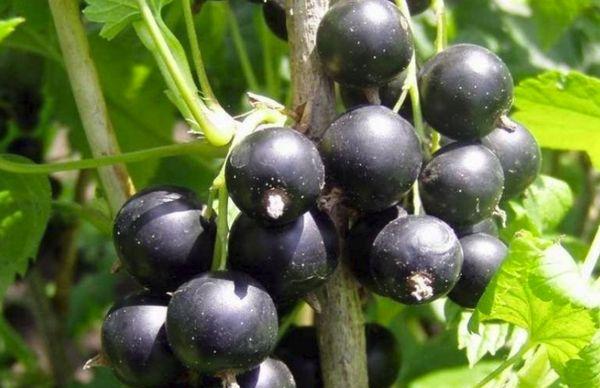
Required tools
The following tools are required for manual collection of olives:
- A box with a rope around the neck;
- Stairs;
- Safety glasses from the sun and flying fruits.
To collect olives you need:
- Cloth not less than 12 m in diameter;
- Special comb;
- Ladder, for apical fruits.

For machine collection:
- The canvas is 12 meters in diameter;
- A machine with a knocking mechanism on the barrel or an electric comb;
- Safety goggles to protect against flying fruit.
How are olives harvested?
Green olives are harvested by hand and machine. With the manual method, workers harvest the crops in 25 kg boxes. Climb trees, use ladders and try to collect as much as possible. Next, all the berries are placed in a conveyor that sorts them by size, cleans them of leaves and debris. Damaged and battered olives are processed and used to make oil. For 1 liter of such oil there are 11 kg of fruits.

The machine method is not welcomed by all farmers. The machine mechanism knocks on the wood, the drupes are crumbling. When falling, damaged fruits become larger.
Also used are "combs" for branches connected to the motor. They manage their work in a short time. Such work requires a lot of effort, so a woman cannot do it.They are combed out together with small twigs and leaves. Before work, a canvas is lined under a tree. After dropping the drupes on the ground, they are cleaned of twigs and leaves, then they are packaged in cloth bags.
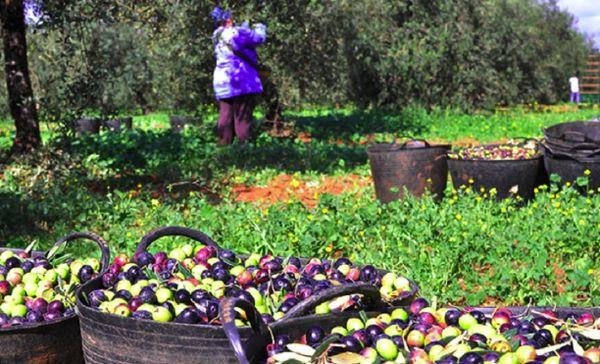
Olives grow on the same tree as the green ones. They are just more mature. After harvesting the green crop, a 12-meter canvas is laid under the tree. Then the full ripening of the fruit is expected. Some of them crumble by themselves, the rest are collected by hand. Those fruits that grow high are combed out with a special comb. After the olives are collected and transferred to a sorting conveyor. There they are distributed by size, cleaned of debris and leaves.
Harvest storage
Oliva cannot be stored outdoors for a long time. The maximum period is 3 days. Storage baskets are lined with paper. Then they are transported and try to send them for processing as quickly as possible. If this is not possible, then the shelf life is extended, the crop is placed in the refrigerator. This will keep the fruit for 7 days.
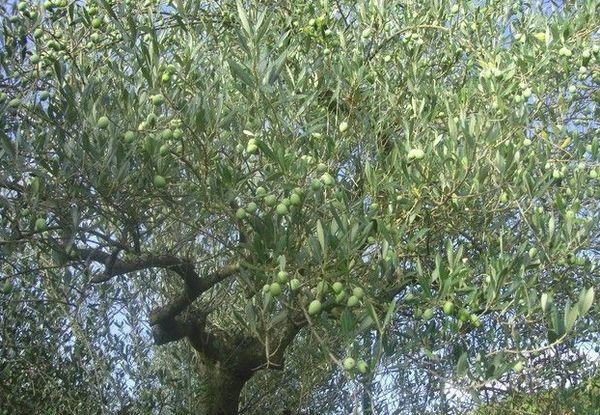
Using
After the harvest, the olives are sold to the factories. There they are pickled and canned food is prepared, which is often used as an addition to a dish or snack. Olive oil is squeezed out of damaged and beaten fruits.
In countries where olive trees are common and grow in every area, it is customary to use such oil for all purposes: for frying, for dressing salads, for marinating meat.
Olives are rich in useful microelements, improve bowel function, improve skin condition. Their collection is quite laborious, in many countries where production is widespread, they still resort to manual collection. It is believed that this method is more reliable and causes less damage to the olives.
